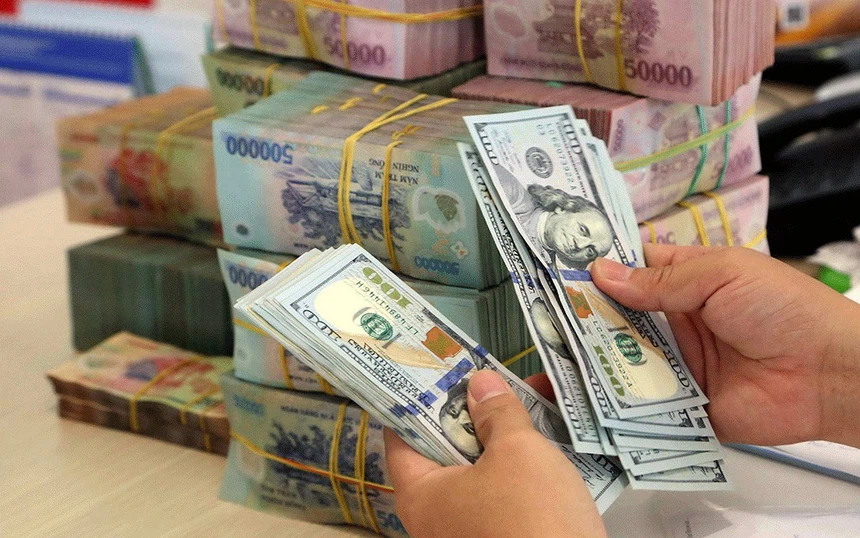Will the US dollar see a further decline?
The US dollar has fallen by close to 10% in trade-weighted terms from the 20-year peak that we saw last October.

The US dollar has fallen by close to 10% in trade-weighted terms from the 20-year peak that we saw last October.
>> Double whammy for non-dollar currencies
However, if we look back over the past decade or so, we find that such bouts of dollar weakness have been sporadic and often of the order of 10% before a renewed surge in the greenback arrives. Are there reasons to think that the slide over the past year will be any different?
One way to look at this is to examine the reasons for the dollar’s rise over the past decade or more. Even though we’ve seen these sporadic bouts of dollar weakness, the broad trend has been one of appreciation. A paper released by the Fed last December argues that three factors lifted the dollar between 2011 and 2019, when the dollar rose by over 23% against other advanced-country currencies.
The authors argue that around 8.7% of the rise was due to a general increase in global savings, with another 5.8% due to rising US rates, and the final 9.3% attributed to a shift of foreign investor preferences towards the dollar. As is usually the case, many might disagree with the methods and conclusions, but let’s assume for the moment that this analysis is broadly correct and that these same factors continued to push the US dollar up to its peak in late 2022. What is the outlook for these three factors, and how might their development move the US dollar?
In terms of the outlook for global savings, it has to be pointed out that savings surged dramatically after 2019 as pandemic support from governments and a general inability to spend through the pandemic period boosted household coffers. But now these savings are dwindling. On top of this, there are also longer-term demographic trends of aging populations that are becoming far more acute and lead us to believe that savings are more likely to be depleted.
>> What makes the US dollar vulnerable?
On the second issue, rising US rates, this too has been more acute since 2019, but, here too, the outlook clearly seems to be for lower rates in coming years even if the scale of Fed easing is not on a par with that we’ve seen in recent decades. And lastly, when it comes to a diversion of funds towards US assets and away from non-US assets, the Standard Bank also feels that the odds are stacked against the dollar for a number of reasons.
One is that interest rates in the euro zone have moved up from the zero or even sub-zero levels that appeared to push domestic investors into overseas assets, such as US bonds. On this score, another interesting result from this paper is that a wholesale switch in capital flows by the euro zone away from the US would impact the dollar far more than a similar withdrawal by investors in Japan or China. This shows the importance of the euro zone countries when the concern about capital withdrawal is usually expressed in terms of Japanese or Chinese repatriation of US assets. Data already suggests that rising euro zone rates are pulling capital back to the region, and we suspect that the same will happen with Japan as rates there rise further.
Another argument is that global investors are more likely to diverge from the US as the dollar slowly sees its global dominance slip away, but this is clearly a contentious issue as the de-dollarization argument has both supporters and opponents.
"These three factors that have supported the dollar for some time are less likely to do so in the future, and there are already signs that things are turning with the near 10% fall in the dollar over the past 11 months or so. Over the next year or two, we see a further decline, this time of more than 10%. We don’t doubt that the path will probably be a bumpy one, just as it has been on the upside for the US dollar over much of the last decade, or so", said the Standard Bank.








